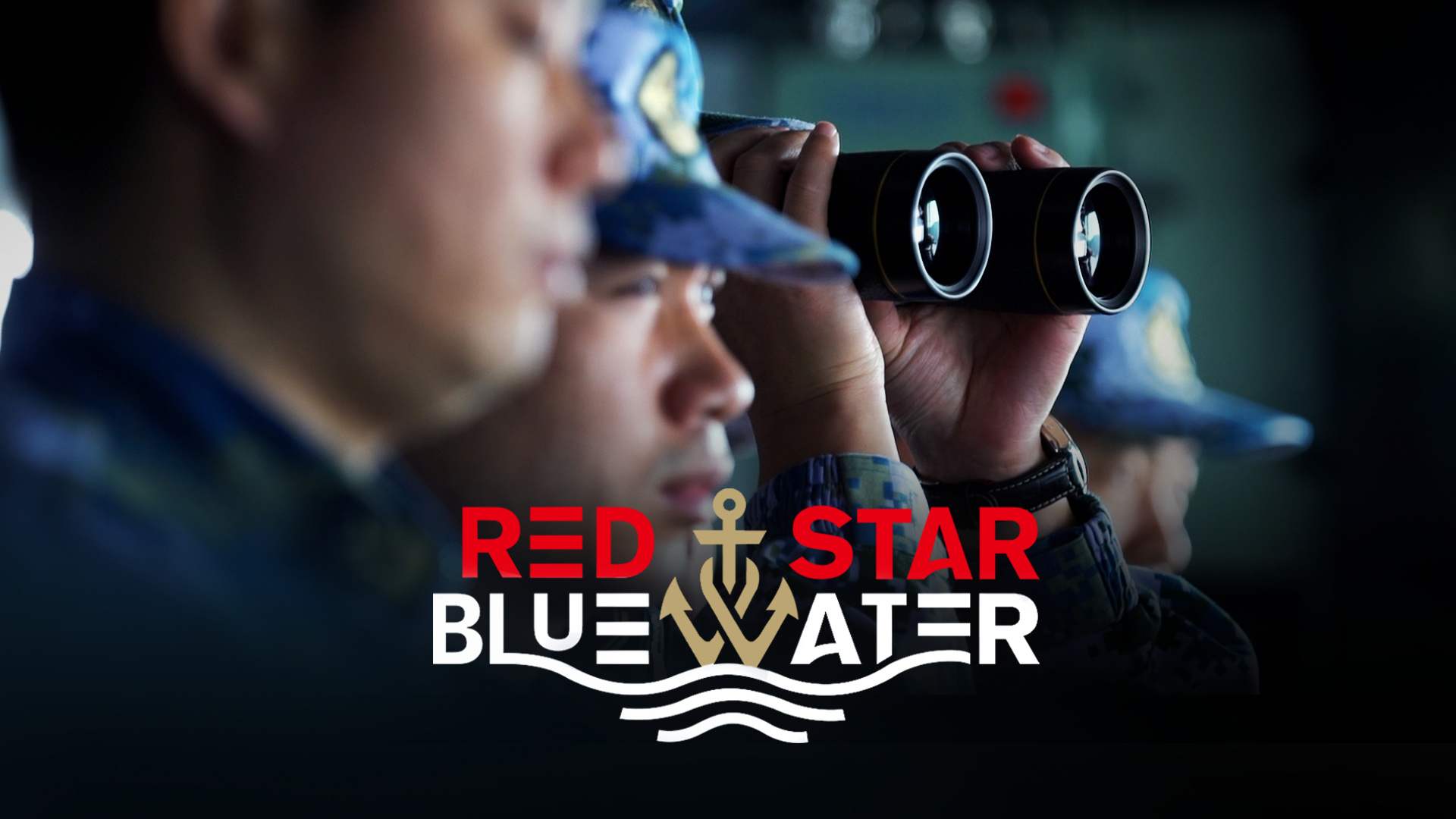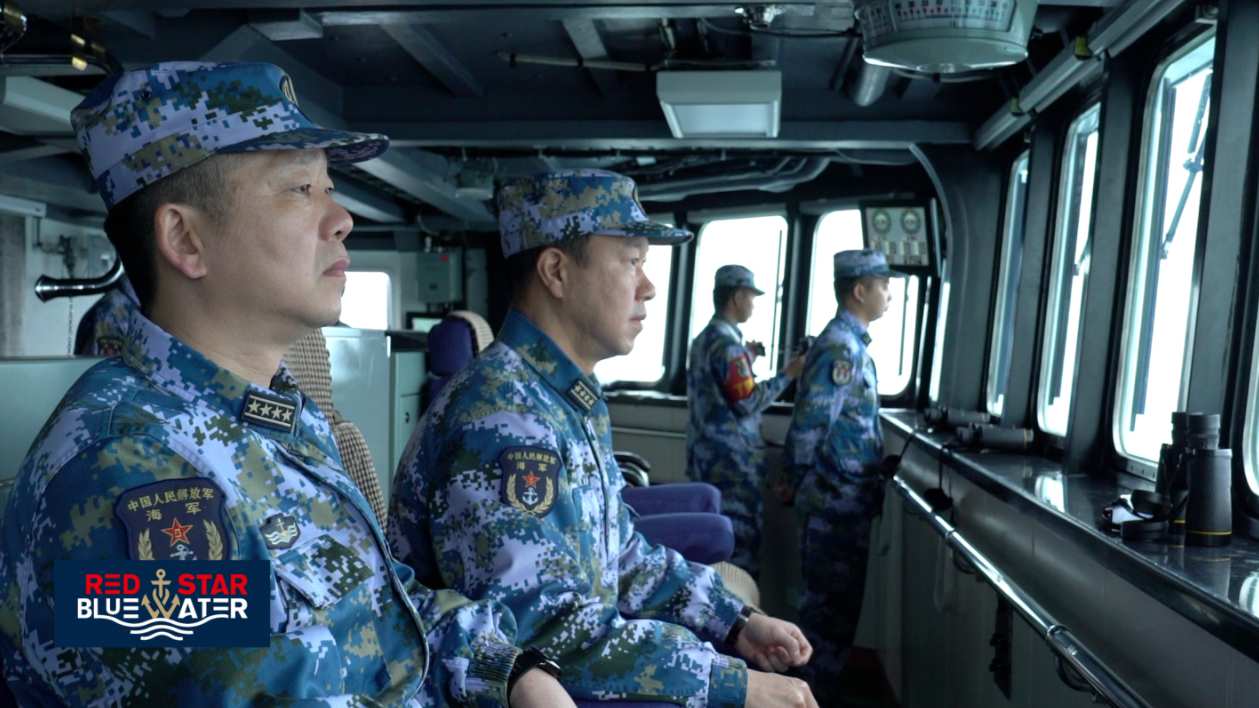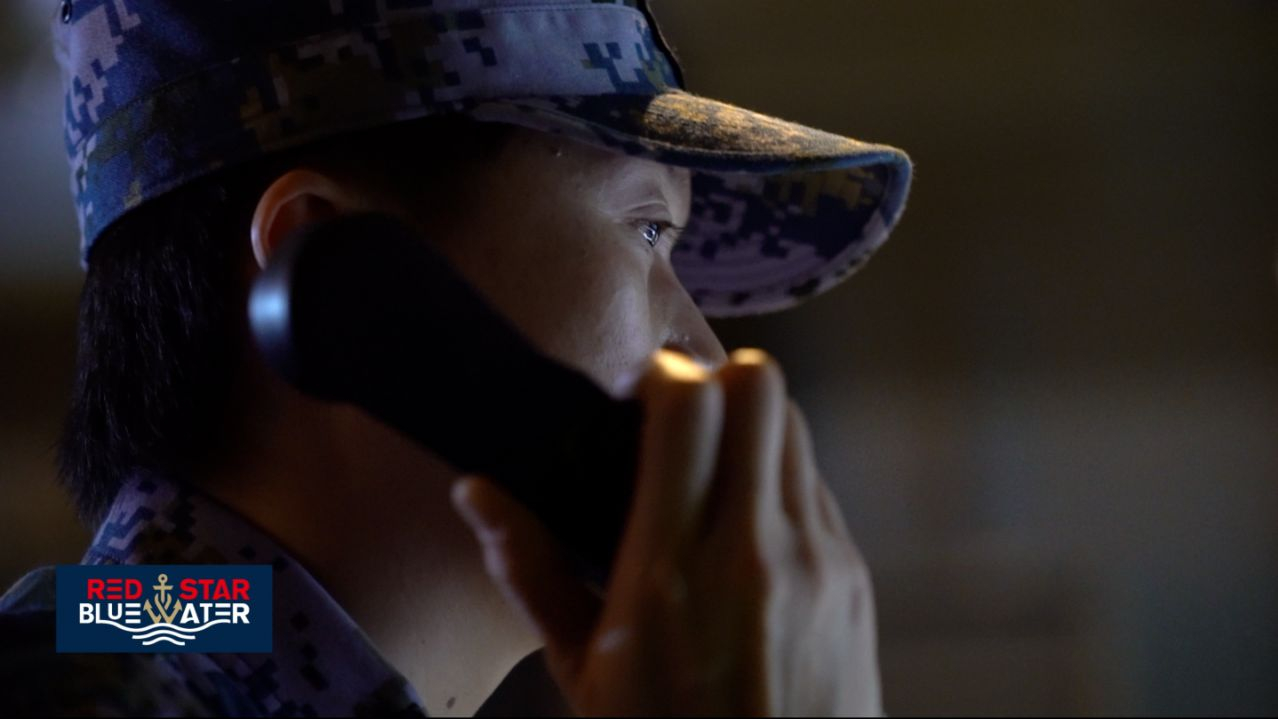
Domestic
14:00, 16-Apr-2019
Danger never sleeps
Updated
21:11, 18-Apr-2019
By Han Bin, Huang Xiaodong
03:55

According to the latest white paper in 2015, China's navy will be shifting its focus from "inshore defense" to a combined strategy of "inshore defense" and "open seas protection,” and is building a multi-functional and efficient maritime combat force structure.
How well the navy has managed this challenge is hard for outsiders to know. But the routine operations on the sea can offer some insight. We were given exclusive access to fleet formation training and a live-fire drill in the East China Sea.
Training is combat
This flotilla maneuver training included two 052C type destroyers and two 054A type frigates, as well as a supply ship for replenishment training. The new-generation guided missile destroyer, Changchun, is the command warship. The sessions mainly focused on joint operations, search and rescue, air defense, anti-missile, and remote precision strikes.
"The aim is to continuously enhance the comprehensive operational capabilities of the fleet formation, upgrading the contribution rate of new combat forces in overall system operations," says Wang Sheqiang, Fleet Training Formation Commander.

Live fire drill of destroyer Changchun during a flotilla maneuver training. /CGTN Photo
Live fire drill of destroyer Changchun during a flotilla maneuver training. /CGTN Photo
Besides joint operations, training is heavily combat-oriented, with an emphasis on live-fire drills. And distant-seas training is a priority under the "going blue" strategy.
Hardware and software
Hardware defines the limits of what technology can bring to the navy, while combat capability rests on proficiency in mastering the equipment at hand and the people who understand their function. The scope of the change in strategy requires naval commanders and sailors to fully exploit new high-technology weapons and the way of thinking under the joint-operation structure.
"Now both the naval and air battles are relying on joint operations, with shared information on the platform," says Hu Jie, Captain of the PLANS Changchun.
Joint operations need information sharing and efficient coordination. We see how commanders insist on every last detail to standard and practicing again and again. This is to strengthen awareness of danger and the willingness to accept risks.

Wei Jinfu, Political Commissar and Wang Sheqiang, Commander of Fleet Training Formation, supervising a live fire drill at the commanding warship of destroyer Changchun. /CGTN Photo
Wei Jinfu, Political Commissar and Wang Sheqiang, Commander of Fleet Training Formation, supervising a live fire drill at the commanding warship of destroyer Changchun. /CGTN Photo
Determination to win
The rapid improvement of weaponry is changing the culture of command and operations, with a new system of information and modernization. A new generation of naval commanders and sailors is emerging. We see how they use English for communicating with foreign vessels, how they research the best training methods in other navies, and how they learn from mistakes through evaluating the drills.

Trainee Captain Wei Huixiao directs live-fire drill aboard the Changchun destroyer. She will be the PLA Navy's first female captain. /CGTN Photo
Trainee Captain Wei Huixiao directs live-fire drill aboard the Changchun destroyer. She will be the PLA Navy's first female captain. /CGTN Photo
The Chinese navy has a growing percentage of young sailors and officers. The change of generation of personnel goes along with the equipment upgrades. We see their eagerness to learn and potential to advance. They take on the challenges of hard work and risks to make rigorous training become routine. It's all part of a determination to win if called to war.

SITEMAP
Copyright © 2018 CGTN. Beijing ICP prepared NO.16065310-3
Copyright © 2018 CGTN. Beijing ICP prepared NO.16065310-3